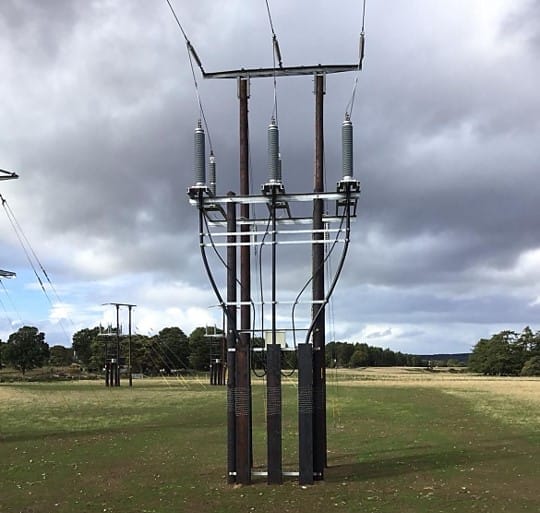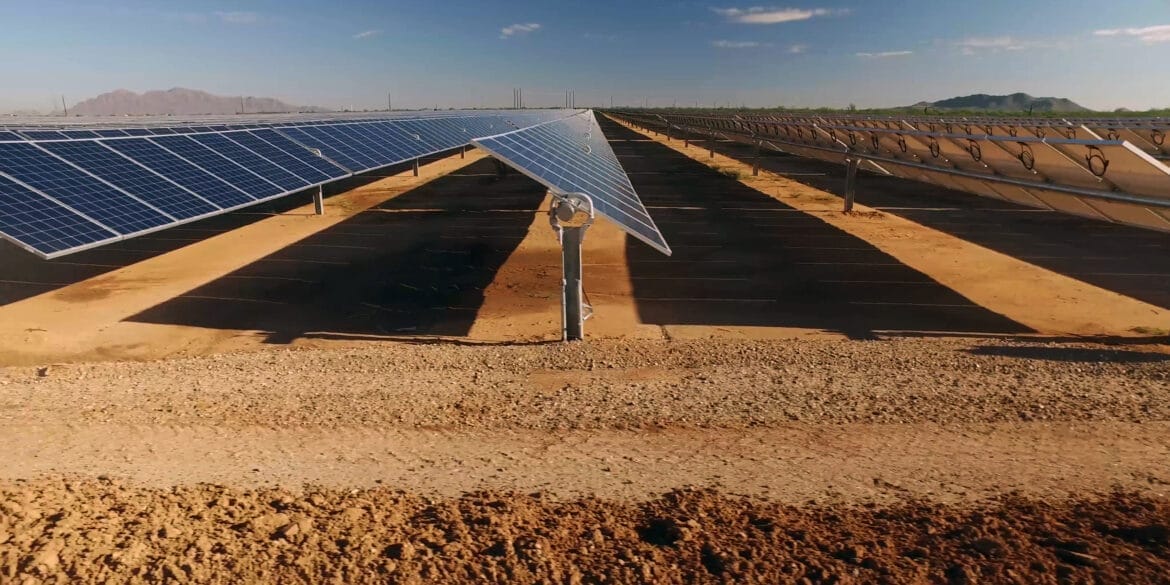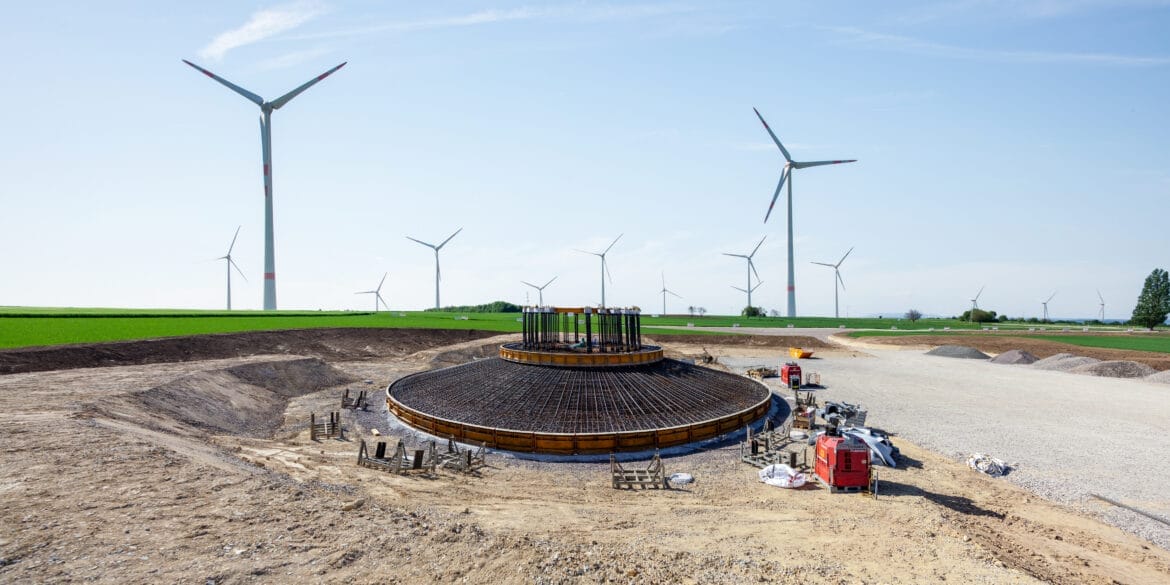
Why is accurate soil resistivity data important?
The soil electrical resistivity (soil resistivity) is one of the most important factors and has a significant impact on touch and step voltages which occur during a fault on an earthing/grounding system.
If you intend to perform modelling of an earthing system or safety measurements your design or your assessment will only be as accurate as the soil resistivity data.
Soil resistivity variance
Resistivity varies from less than 1 Ω.m for sea water up to 109 Ω.m for sandstone.
Resistivity varies not only with the type of soil but also with temperature, moisture, mineral content, and compactness. Therefore, resistivity should be measured in the field at the actual site of the installation and the conditions under which it was measured must also be recorded.
When to use typical soil resistivity values
There are a number of reasons depending on the stage of your project.
- For preliminary earthing system designs.
Your project which is at tender stage involves a significant earthing component (such as a substation) and actual soil resistivity meausurements have not been performed. In order to estimate the costs of an earthing system you will need to estimate soil resistivity.
- To validate your soil resistivity measurements.
If you already have soil resistivity measurements and you want to validate them based on your geotechnical knowledge of the local soil and the conditions.
Typical soil resistivity values
Tables 1-3 provide typical soil resistivity values based on soil types. To use these values for your project you should refer to the geotechnical report or if it is not available then find out the types of soils which are present for the region of your project (there are geological maps available).
In addition Table 4 provides the resistivity of typical surface layer materials used for substations.
Table 1. Range of earth resistivity [ref. 1]
Table 2 – Range of soil resistivity [ref. 2]
Table 3. Geological period and formation [ref. 3]
Table 4. Resistivity of typical surface layer materials in substations
Table 5. Resistivity values for various materials [ref. 4]
References:
[1] IEEE Std 80 – IEEE Suide for Safety in AC Substation Grounding
[2] CIGRE TB 95 Guide on the Influence of High Voltage Systems on Metallic Pipelines
[3] IEEE Std 81:2012 – IEEE Guide for Measuring Earth Resistivity, Ground Impedance, and Earth Surface Potentials of a Grounding System
[4] AS/NZS 1768-2021 – Lightning Protection








